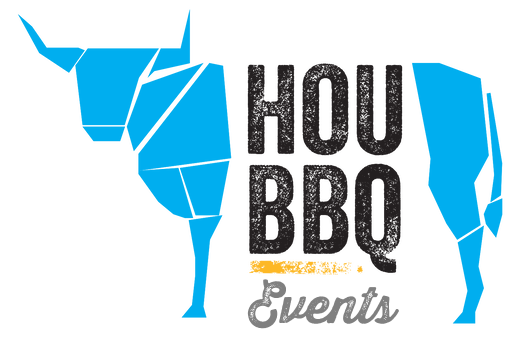Barbecuing vs. grilling.
This fall, many of us will host a traditional backyard barbecue for friends and family. Part of this ritual is for guests to circle around the coal-fired kettle grill, beer in hand, and act as armchair-quarterbacks providing advice to the host tasked with cooking the burgers, steaks and hot dogs.
Inevitably, a guest will blurt out the statement that has prefaced many backyard cooking debates.
“You know, what you’re doing isn’t really barbecue. It’s grilling.”
A second beer will be acquired and the discussion will commence on the propriety of Texans using the word “barbecue” when the actual technique is direct-heat grilling. Consensus is usually that Texans are allowed such a breach of etiquette, as we do actually know the difference between grilling and smoking. Thus, the use of the word “barbecue” in this context is just a catch-all term for hanging out in the backyard cooking meat with some form of fire.
In professional contexts, however, specificity matters. The technique used by almost all commercial barbecue joints to cook meat is through a smoking process in which a fire is offset (on the side) from the cooking chamber, and then heat and smoke flow sideways over the meat to flavor and cook it.
This technique lends itself to lower cooking temperatures — the fire isn’t directly below the meat and thus not as intense — over longer periods of time to ensure the meat is properly cooked.
In Texas, this “low-and-slow” smoking method is the foundation for the two predominant types of commercial barbecue: East Texas style and Central Texas style.
What about other styles? South Texas-style barbecue is known for “barbacoa” that is cooked in underground pits using coals. Commercially, one barbecue joint in Texas still uses this technique: Vera’s Backyard Bar-B-Que in Brownsville.
West Texas-style barbecue is, in fact, based on direct-heat grilling. Also known as “cowboy style,” it conjures up images of cowboys in leather aprons standing behind chuck wagons with a tentlike three-legged contraption suspending a big iron kettle over a raging fire of mesquite wood.
Not many Texas barbecue joints specialize in this style, using direct heat, but the most famous is the Cooper’s Old Time Pit Bar-B-Que chain of restaurants. Originating in Llano, there are now several outposts throughout Texas.
The ordering process, as at the original location, is quite unique. You actually step up to a rectangular brick direct-heat pit where the meats are presented and spread out in all their glory. You essentially point to the meats you want and tell the attendant how much you want. They weigh the meat and charge you by the pound.
Cooper’s is home to one of the best direct-heat-cooked menu items in all of Texas barbecue: a 2-inch-thick, bone-in pork chop. Known as “The Big Chop,” these slabs of pork will be laid out on the pit where you can choose the size you want, and then make sure to have it dipped in the accompanying vinegar-based sauce to give it an extra layer of flavor.
This aggressively seasoned and supremely tender pork chop retains smokiness from the mesquite charcoal, as well as a richness from the layer of fat wrapping the outside. Though Cooper’s offers a full range of Texas barbecue meats, I’ll usually just order a Big Chop and then partake of their excellent free pinto beans and some pickles and onions.
So, the next time you are debating nomenclature at a backyard get-together and someone claims that real barbecue is only smoking and not grilling, you can show off your Texan bona fides by mentioning the notable exception: direct-heat West Texas-style barbecue.



